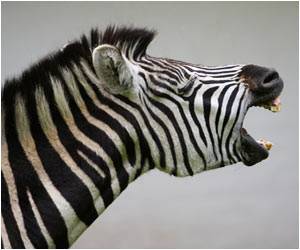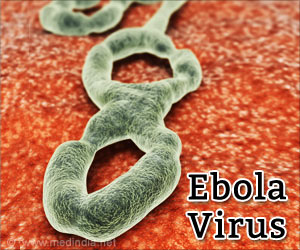In Africa, those who want to protect elephants and rhinoceroses often face dangerous criminal traffickers who are bold, enterprising and well-equipped, leaders said at the US-Africa summit this week.

But during a discussion on wildlife trafficking, leaders also acknowledged that ending the demand -- primarily from Asia -- for rhino horn and elephant ivory is key.
"In the last decade we have seen an alarming trend of increasingly organized, well-equipped and violent criminals turning to wildlife crime," said President Ali Bongo Ondimba of Gabon.
"Today rhinos are often poached from helicopters by teams with sophisticated communications," he said at a panel discussion with the leaders of Tanzania, Namibia and Togo, along with US Interior Secretary Sally Jewell.
The four African leaders, while not necessarily at the epicenter of the poaching crisis, swapped stories about how they had become engaged in a problem that is only getting worse.
Last year, some 20,000 elephants were slaughtered in Africa, outpacing their birthrate, while in South Africa alone, 1,004 rhinos were killed, for a rate of about three per day, said Jewell.
Advertisement
The trade has taken some leaders by surprise, including President Faure Gnassingbe of Togo who recounted how he learned last year that a shipment of 1,000 elephant tusks from Togo had been stopped in Malaysia.
Advertisement
When more tusks originating from Togo were stopped in Hong Kong, he realized the problem. They were being trafficked through his tiny West African nation, home to about seven million people and just over 800 elephants.
A search for the criminal led to an arrest of a man who was found with 700 kilograms (1,500 pounds) of elephant tusks, he said.
President Jakaya Kikwete of Tanzania described efforts to bolster the capacities of park rangers, who often find themselves in the line of fire and are killed trying to protect animals.
Adding helicopters, drones, and security forces to the nation's wildlife reserves could help, but only if matched by efforts to quelch demand in Asia, he said.
"If you are able to stop the market for ivory and rhino horns, definitely you will be able to save these species," he said.
But doing that remains a challenge. Ivory markets in China and Thailand are thriving, and in nations like Vietnam and China, ground rhino horn is highly prized for its supposed medicinal effects, including the belief it can cure cancer.
Richard Haas, a retired US diplomat and a board member of Conservation International, said both sides are gaining in tools and technology.
"While capacity is growing on the side of the good guys, capacity is also growing on the side of the poachers. And for every bit of progress one also gets the sense that there are some setbacks," Haas said.
Haas asked the African leaders what kinds of incentives they could offer Asian governments to reduce the ivory and rhino horn demand, but none offered any specifics.
"To talk to the Chinese is something we have done," said the president of Gabon, describing how he broached the topic once with a Chinese official, whom he did not name.
After listening to the official describe the importance of pandas in China, he asked what would happen if Africans began propagating the myth that panda hair was good for fertility, and a trafficking onslaught against pandas ensued?
He said the Chinese official looked at him with astonishment.
"And I said, 'You know we feel exactly the same way about our elephants and rhinos.' He understood."
Asked why certain nations were present but not others, an official said the four leaders chosen for the panel represented different regions of Africa with distinct views on the problem and the actions being taken.
"Having governments at high-level meeting saying, 'This is a problem,' is not going to solve anything. But it is a step in the right direction," Sue Lieberman, executive director for conservation policy at The Wildlife Conservation Society, told AFP.
Lieberman said three things need to stop: the killing on the ground, the trafficking and the demand.
"We need everything. We need to be strategic about it. It is not always about high-tech toys."
Source-AFP









